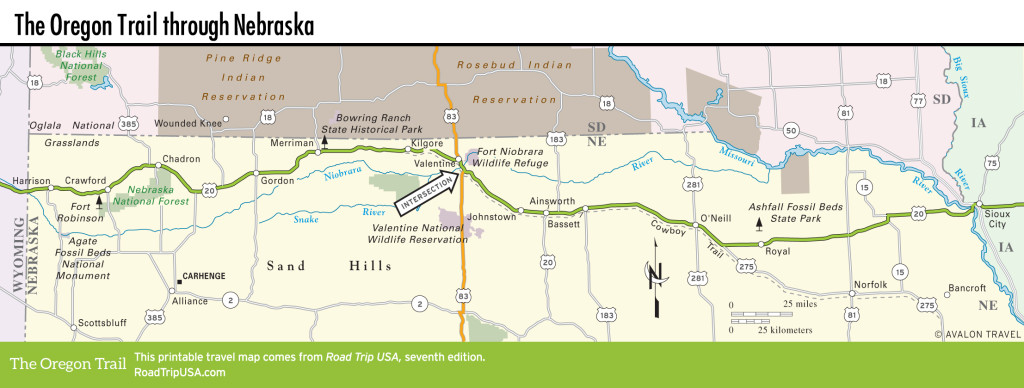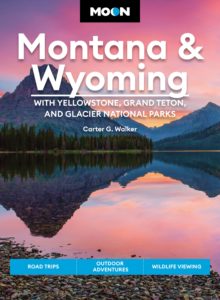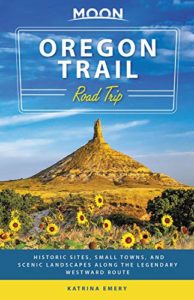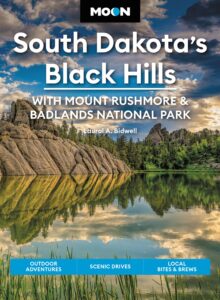Harrison to Crawford
Harrison
Just over the Wyoming border, the tiny town of Harrison (pop. 227, elev. 4,833 ft/1,473 m); “Nebraska’s Top Town” is an attractive wide spot in the road located near the highest point in the state. The spirit of old-time hospitality is kept alive by a pair of welcoming haunts: the Longhorn Saloon (168 Main St.) and the Harrison House Hotel (115 Main St., 308/665-5199, rooms $50-95) in an 1886 building. The hotel also includes a restaurant that serves a buffet brunch on Sunday.
Outside town, on the banks of the Niobrara River, 25 mi (40 km) south of Harrison, the Agate Fossil Beds National Monument (308/665-4113, daily, free) contains the 19- to 21-million-year-old remains of bison-size pigs, twin-horned proto-rhinos, and other vanished Miocene-era creatures. The acres of grassland here are good for wildflowers and bird-watching, even if you aren’t fascinated by old bones. If you are interested in paleontology, the Agate Fossil Beds National Monument and the Hudson-Meng Bison Bonebed in nearby Crawford are both stops along what is being marketed as the “Fossil Freeway” collection of historic sites in Nebraska and South Dakota.
Fort Robinson
Fort Robinson State Park (308/665-2900), 30 mi (48 km) east from the Wyoming border, was established in 1874 to control the Red Cloud and Pine Ridge Sioux people. Now a state park and planted with groves of mature trees where 100 years ago all was grassland prairie, Fort Robinson has perhaps the most tragic and uncomfortable history of all the many old forts on the Wild West frontier: This is where, in 1877, the unarmed Sioux chief Crazy Horse was stabbed to death with bayonets while in the custody of the U.S. Army. In 1879, the last of the Cheyenne people under Morning Star (a.k.a. Chief Dull Knife) escaped from prison and were killed in battle here rather than be taken away to a reservation in Oklahoma.
Knowing this history, it can be hard to take Fort Robinson as the enjoyable respite it is today. The hundreds of hardwood trees make it an oasis on the generally treeless plains, and the whitewashed wooden barracks, many now converted to cultural centers and museums, give it the air of a college campus—especially on summer weekends, when the park turns into a living history museum, complete with cookouts, carriage rides, and evening melodramas.
The only part of the park open year-round is the Fort Robinson Museum (308/665-2919, $5) in the old headquarters building, with full displays on the fort’s history, plus walking-tour maps of the entire post. Accommodations are offered in the officers’ quarters, and there are many good camping spots.
Crawford
Crawford (pop. 947), 4 mi (6.4 km) east of Fort Robinson, has settled into a sedate life as a ranching and farming center. Pines and cottonwoods line the White River at the foot of the weirdly eroded Legend Buttes, making a pretty scene. Even prettier are the Oglala National Grasslands, which start 8 mi (12.8 km) north of Crawford via Hwy-2 and occupy more than 94,000 ac (38,000 ha) along the Nebraska, Wyoming, and South Dakota borders. The grasslands are home to hawks, eagles, and antelope and are highlighted by the eerie landscape of Toadstool Geological Park, where ancient fossils can be found among weirdly eroded figures. The grasslands also protect an archaeological site known as the Hudson-Meng Bison Bonebed (308/432-0300), a shallow arroyo holding the enigmatic remains of more than 600 bison spread over an area the size of a football field. Displays on the site include stone tools and arrowheads dating from approximately 10,000 years ago and a small garden growing native preconquest crops.
Back in the present day, you can dig into juicy chicken sandwiches and other timeless fast food at Crawford’s Staab’s Drive In (110 McPherson St., 308/665-1210), right on US-20.

















